Never Plant Seedlings Until They Pass These 3 Simple Tests
Don't be over-eager to transplant seedlings into the garden before they are ready. These quick and easy checks will help ensure flourishing plants.
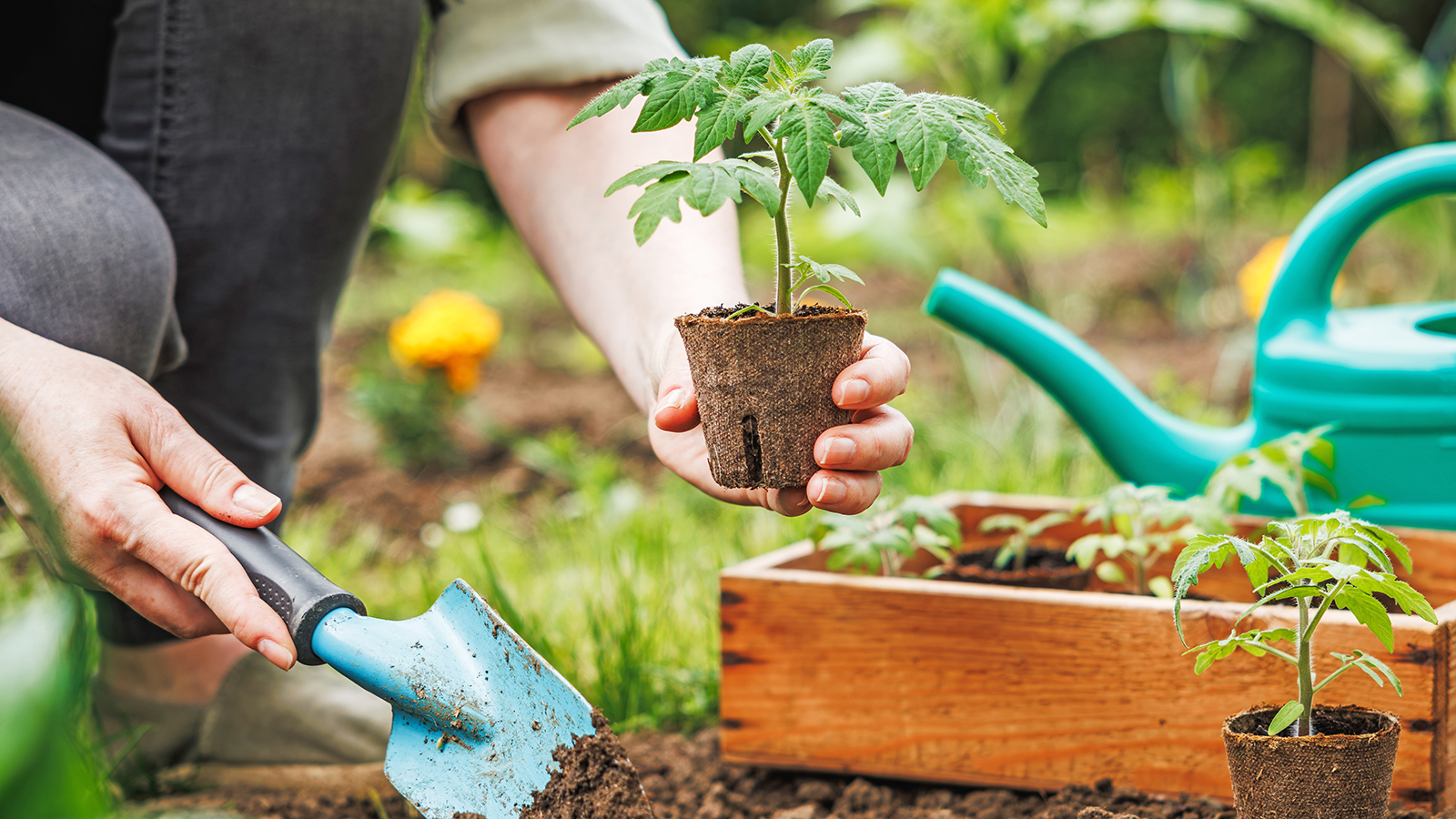

Starting plants from seed is a rewarding – and money-saving – project. It’s fun to watch the transition from seed to seedling to full-sized plant with flowers, fruits, or vegetables. Successfully starting plants from seeds requires several steps and factors: soil, water, moisture, warmth, and sunlight.
Also important is knowing when to take your new seedlings from their starter trays to their permanent spots outside. Transplanting seedlings is a key moment that can set your plants up for success or, in the worst-case scenario, kill them. Whether you grew seedlings by planting seeds or purchased them from a nursery, timing is everything, both in terms of weather and development. You need to be sure they are ready to make the transition. Here are three checks to help you get it right every time.
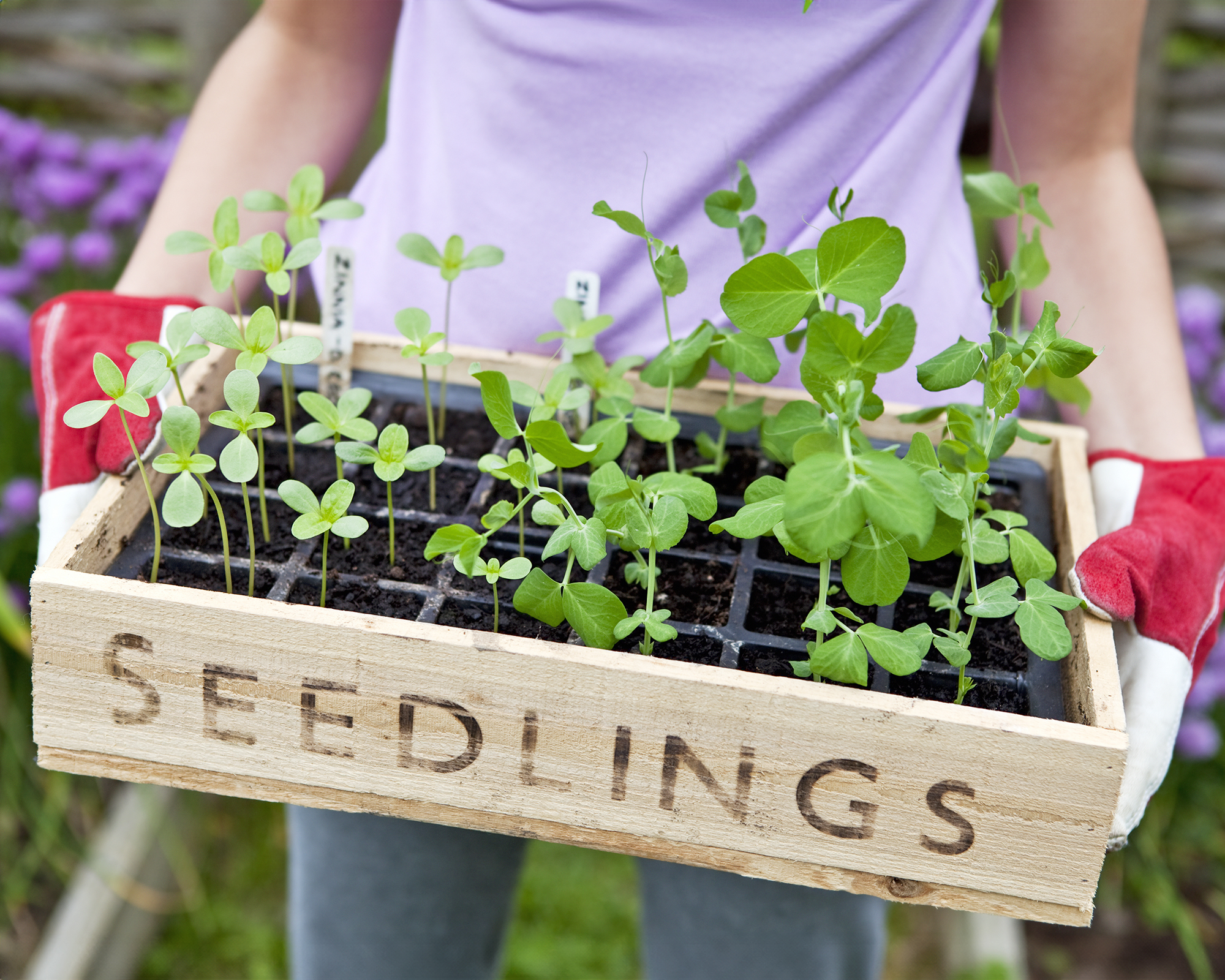
1. Is the Soil Warm Enough?
Most plants should only be transplanted outside after the danger of frost has passed. Find out your area’s average last frost date using a zip or postal code checker, and schedule a day to plant your seedlings after this has passed.
However, soil temperature matters more than ambient temperature when it comes to planting. Warm-weather crops shouldn't be planted out until the soil has warmed to at least 60°F (16°C), while cool-weather crops and hardy flowers can be transplanted in cooler temperatures.
So, your first test is to stick a thermometer in the soil and to Google the ideal soil temperature for your chosen plant. Only move your seedlings outside if the temperature is high enough. If it is too cool, then you could harm your plants.
If your seedlings are ready for transplanting before the weather warms up, move them to bigger indoor containers. This will give them space to grow and prepare for being moved outside.
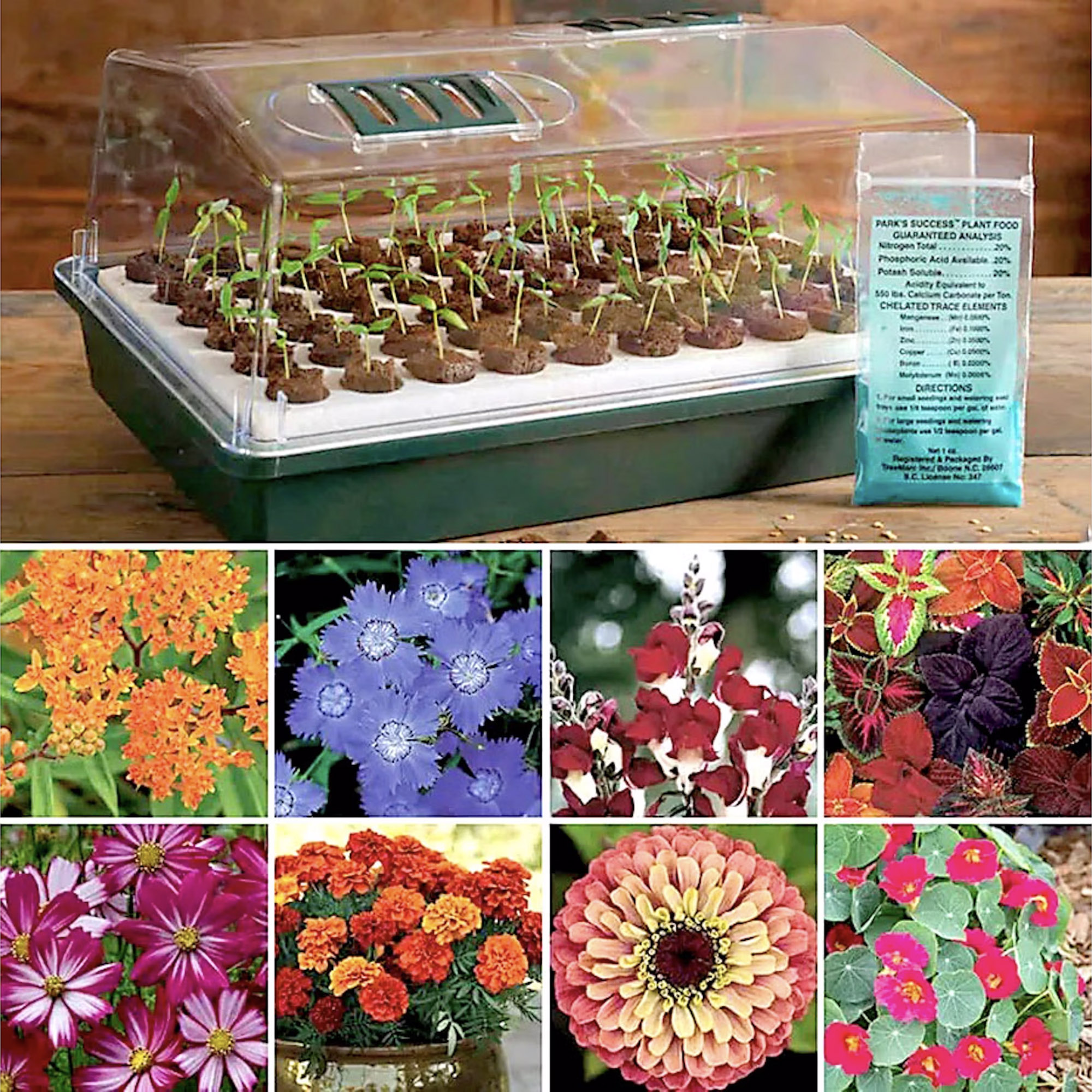
Find everything you need to grow your dream garden in the Shop. Browse stunning seed collections, growing kits, top-quality seedling trays, and more.
2. Do the Seedlings Have True Leaves?
It’s a common beginner mistake to assume seedlings need to reach a certain size to be ready for transplanting. The truth is that the ideal size varies a lot and depends on plant type and your specific growing conditions.
Gardening tips, videos, info and more delivered right to your inbox!
Sign up for the Gardening Know How newsletter today and receive a free copy of our e-book "How to Grow Delicious Tomatoes".
A better sign that a seedling is mature enough for transplanting is the appearance of at least one pair of "true leaves" – but ideally two or more. The first pair of leaves you see are not true leaves. These are called cotyledons, or seed leaves. When the cotyledons start to yellow and three or four true leaves appear, your seedlings are ready for transplanting.

3. Are the Roots Strong Enough?
The size and strength of the seedling’s roots are also more important indicators than a specific size or height. The roots must be strong and large enough to support the transplants as they grow in their new garden bed or pot. Here’s a simple way to test the readiness of your seedlings’ roots:
- Gently grasp the stem, not the leaves, of a seedling and pull.
- If the seedling lifts out easily with soil clinging to the roots, this indicates the roots are strong enough to hold soil together and are ready to be transplanted.
- If the roots come out of the soil and break as you pull, they’re not ready yet.
- If the seedling doesn’t come out easily because there are too many roots, the seedling has become rootbound, and it should be transplanted as soon as possible. Roots growing out of the drainage holes is a very obvious sign that the seedlings need to be moved to larger accommodations.
Bear in mind that some plants are sensitive to having their roots disturbed. Pulling up these seedlings to test the roots can be damaging. So, for more sensitive plants, plant a few extra "test seedlings" or rely on other signs instead.
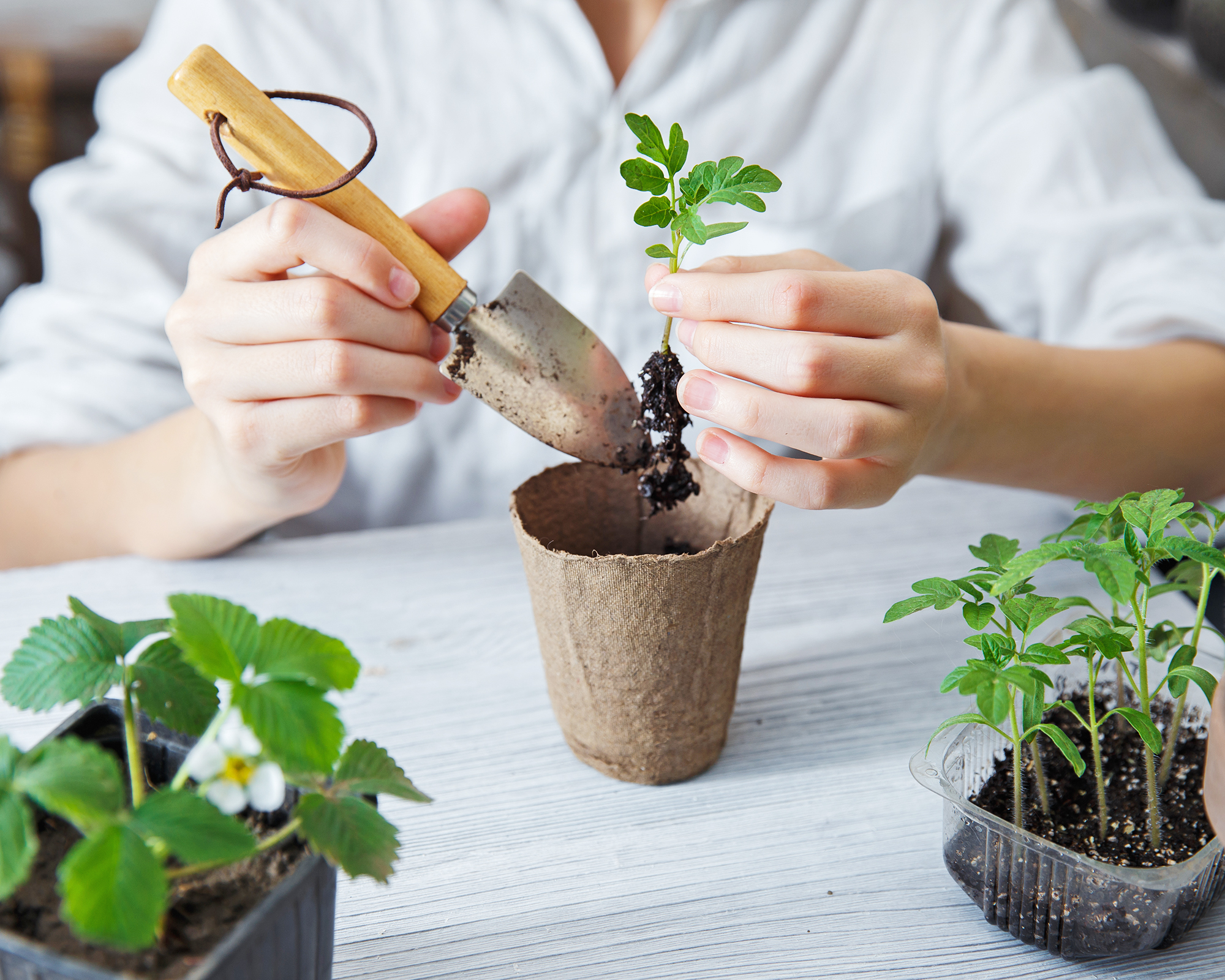
Other Signs to Consider
Leaves and roots are the best signs for seeding readiness, but there are other factors to consider. If your seedlings are getting crowded, it might be time to transplant the healthier-looking specimens. Crowding forces seedlings to compete for resources and harms all of them. If they don’t seem ready otherwise, thin seedlings by removing and disposing of the smallest and least healthy-looking seedlings.
Overcrowding, poor sunlight, and waiting too long to transplant can also lead to leggy seedlings. Legginess means the stems are thin and weak. They may struggle to support the weight of the plant as it grows. Thin the seedlings or transplant them and provide more consistent light to help leggy seedlings grow stronger.
Hardening Off
When it’s finally time to transplant them outdoors, you need to harden off seedlings to prepare them for outside conditions. Not hardening them off can lead to transplant shock caused by intense sunlight, wind, and fluctuating temperatures.
You can harden off your seedlings by placing trays or pots outside for short periods of time during the day. Start them in the shade and out of the wind, and gradually give them more time in the sun and in full wind exposure.
Transplanting seedlings can be a tricky business until you learn the signs. Once you understand when seedlings are ready for more space and outside conditions, it becomes easy to successfully start seeds and grow them into healthy, mature plants.
More Growing Inspiration
- Do seeds really expire? Read how one gardener grew vegetables all summer long with seeds that expired years ago.
- Browse expert-curated seed selections in the Gardening Know How Shop. These gorgeous flowers, delicious vegetables, and aromatic herbs will get your garden on the right track.
- Struggling to grow? Fix these 7 seed-starting mistakes before it's too late.
- Learn how to grow seeds quickly with 8 expert tricks for fast flowers and crops.
- Sign up for our FREE seed-starting workshop! Learn the basics from master gardener Geoffrey Johnson in our fun 30-minute session.

Mary Ellen Ellis has been gardening for over 20 years. With degrees in Chemistry and Biology, Mary Ellen's specialties are flowers, native plants, and herbs.
-
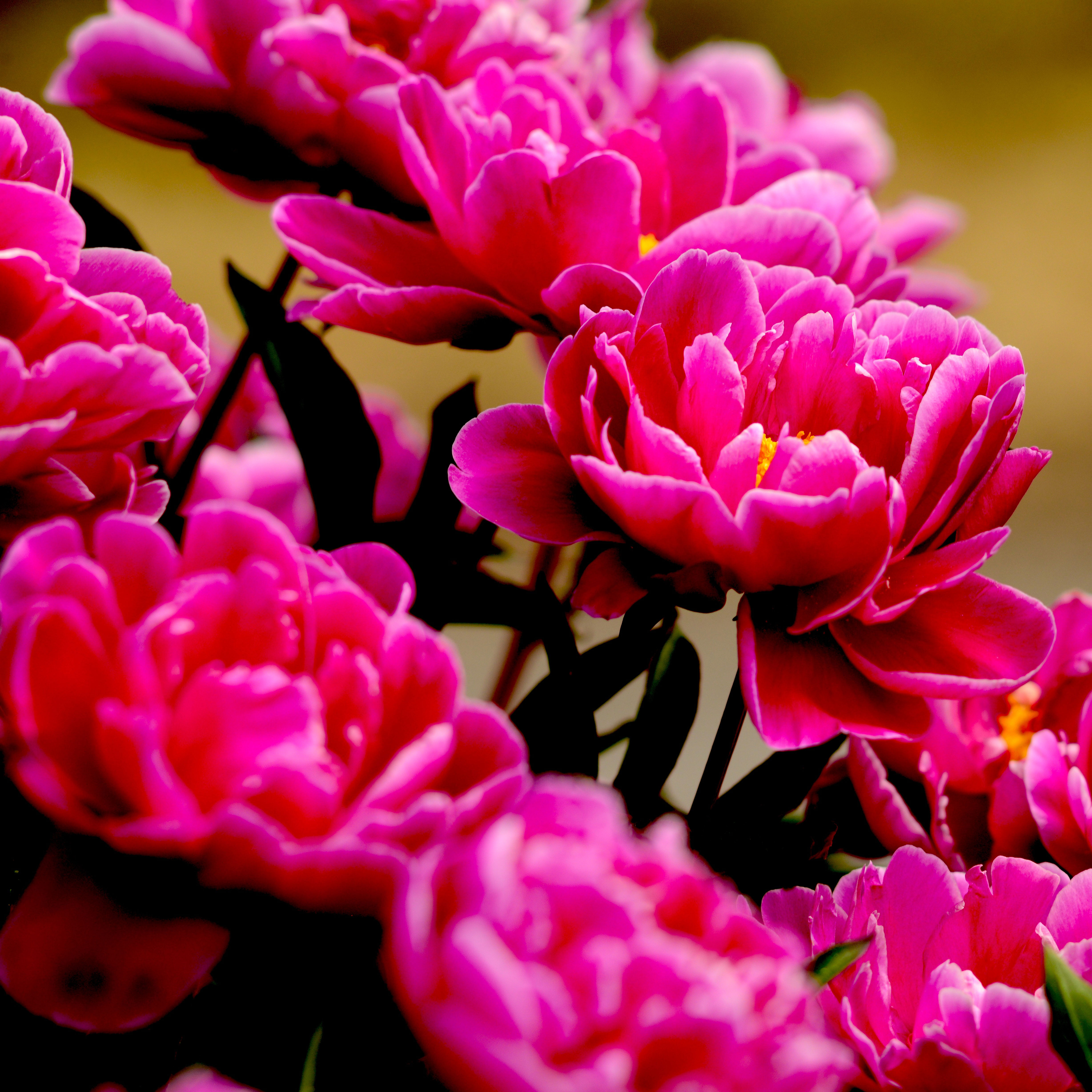 Grow ‘Karl Rosenfield’ Peony Plants For The Ultimate Frilly Border Beauties And Cut Flowers
Grow ‘Karl Rosenfield’ Peony Plants For The Ultimate Frilly Border Beauties And Cut FlowersFor frilly double magenta peony petals infused with a heady fragrance, grow ‘Karl Rosenfield’ peony plants. Here’s how to cultivate the ultimate plushy blooms
By Tonya Barnett
-
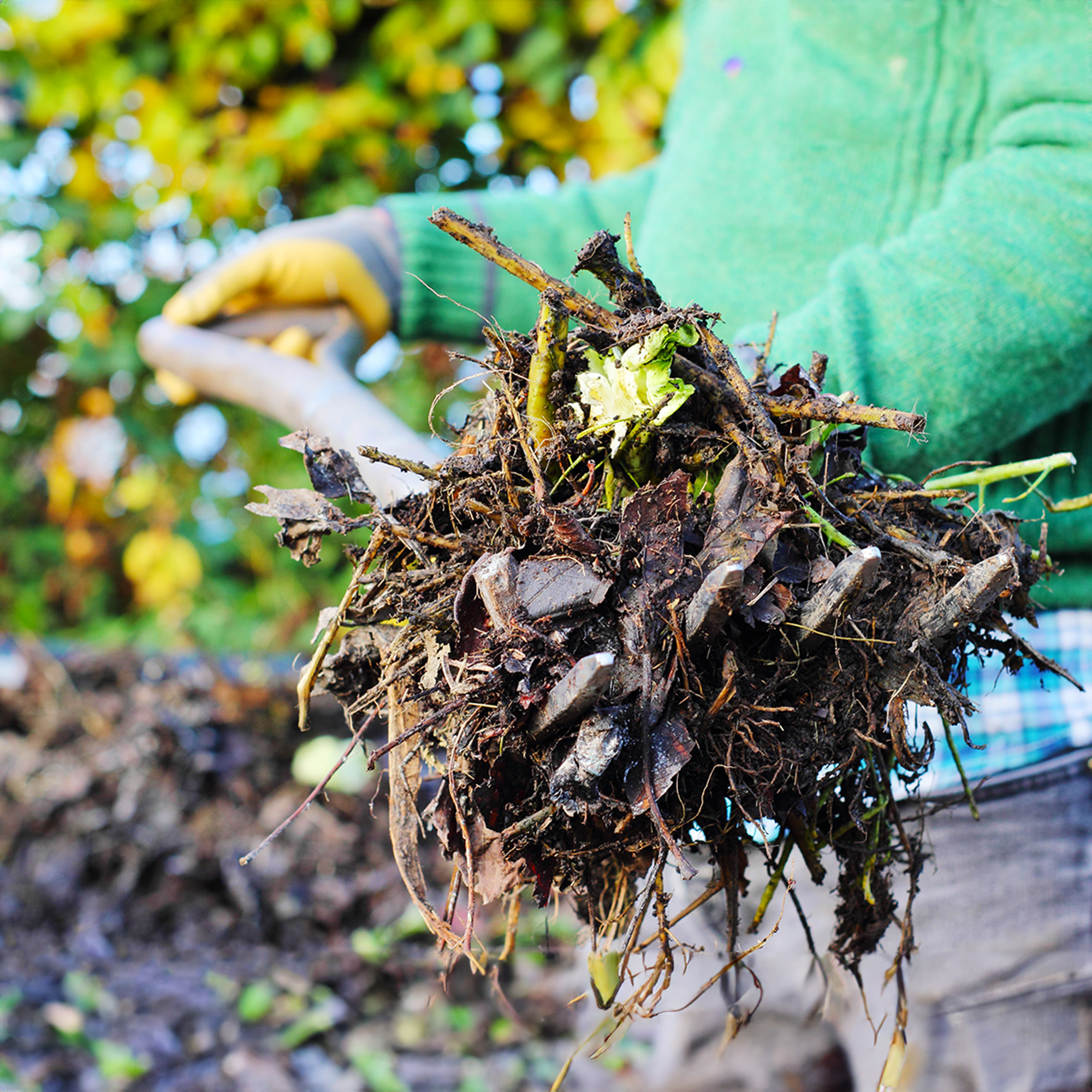 10 Common Composting Problems That Can Spoil Your Garden Gold – Plus Easy Fixes
10 Common Composting Problems That Can Spoil Your Garden Gold – Plus Easy FixesLearn how to troubleshoot common composting issues before they ruin your stash – from bad smells and bugs to materials not breaking down as they should.
By Susan Albert